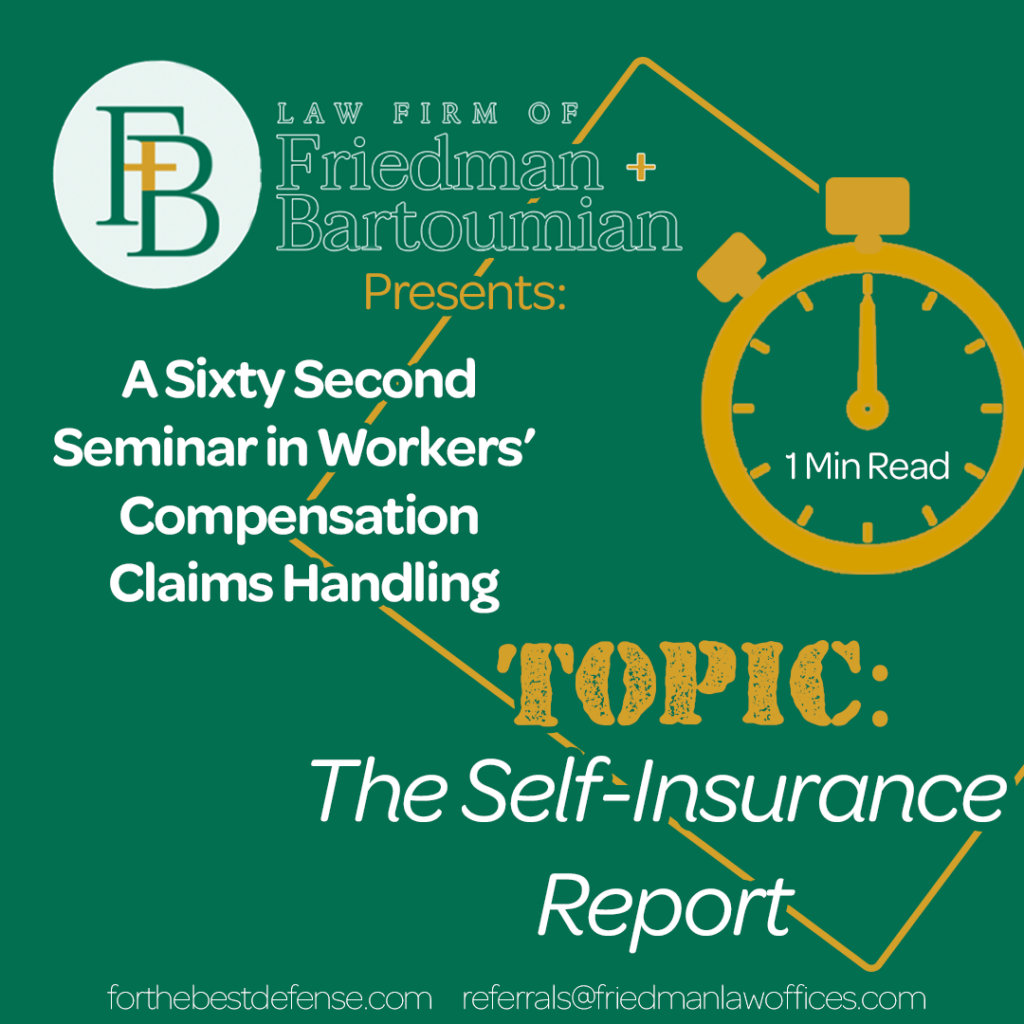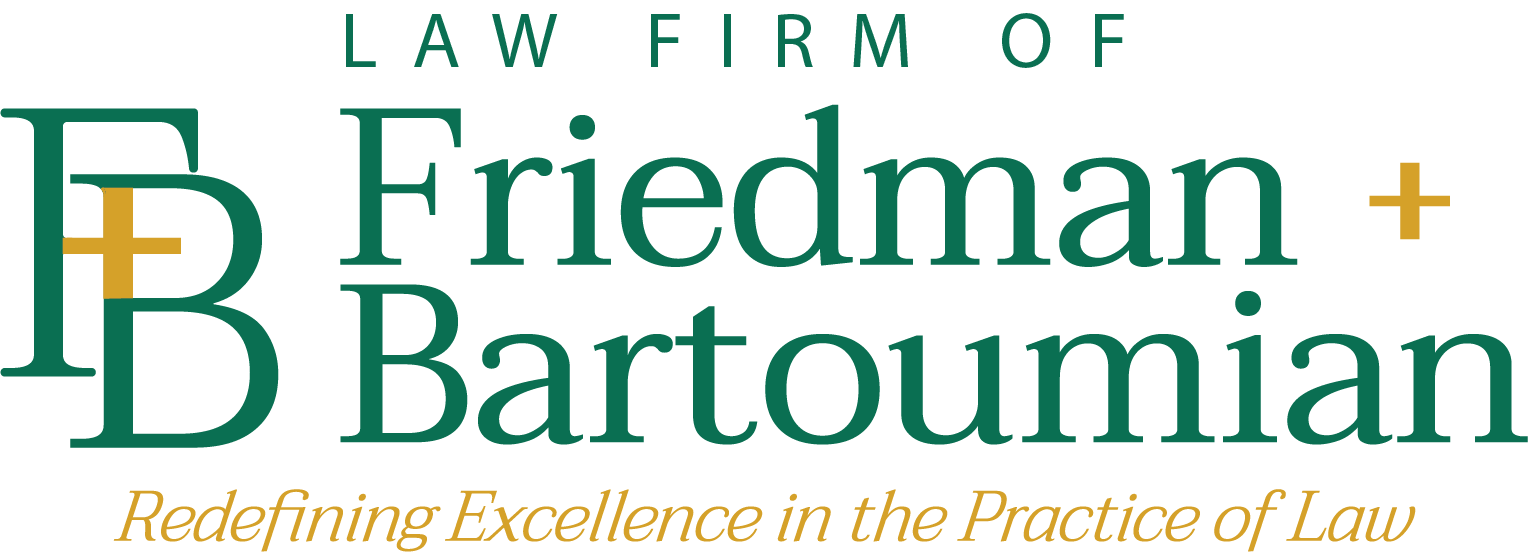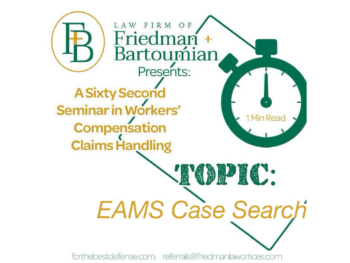
Pursuant to Title 8 CCR §15251 all self-insured employers, both public and private, are required to file an annual report with the California Office of Self-Insurance Plans (OSIP). Individual-Private and Private-Group employers are to file by March 1 using Form AR-1 (1-2016), while all public self-insured employers, whether a member of a joint-powers authority, have until October 1 to file using Form AR-2 (rev 1-2020). Annual reporting is exceptionally important as it is used to determine assessments and to identify bond requirements for the purpose of securing future workers’ compensation obligations for the protection of injured workers. In our blog today we focus our discussion on the reporting requirements that identify future liability.
OSIP requires all self-insured employers to list projected future liability for each open claim, which is then secured by bond, letter of credit or other means of acceptable collateral. OSIP then adds an additional percentage (usually 35%) to that sum as a precaution against accidental under-reserving. About 20 years ago this procedure was slightly amended after employers objected to posting a security deposit against claims that had already pierced an excess insurance retention level. Having reached the retention it was asserted that such claims were now insured and no longer subject to self-insurance financial security regulations. OSIP eventually agreed and amended the formula to no longer require the posting of a bond or other collateral for claims having pierced the retention level where the excess insurer accepted liability. But we ask, “Why must an employer wait until a claim is actually in excess insurance before future liability reporting is limited to the retention level?”
We wish to offer a suggestion for OSIP’s consideration. We propose that for annual reporting purposes the incurred value of the claim from day one should never exceed the retention limit. Allow us to demonstrate our proposal by example. Presume that a claim is valued at $1 million dollars where the employer’s excess insurance retention is $500,000. In our example no more than $500,000 should ever be reported since any amount above $500,000is covered by insurance. We believe that an employer should not have to wait for an injury to enter the excess layer before being allowed to limit its liability to the retention level.
If our recommendation is adopted by OSIP, our friends and self-insured clients will save hundreds of thousands of dollars in needless security deposits and assessments. Should assistance be required with your self-insured program, please feel free to reach out to the attorneys here at F+B.


 The QME Race: A 60-Second Seminar in Workers’ Compensation Claims Handling
The QME Race: A 60-Second Seminar in Workers’ Compensation Claims Handling
Leave a Reply